Judith A Olson
age ~52
from Milwaukee, WI
- Also known as:
-
- Jennifer Anne Olson
- Jennifer O Mandel
- Jennifer A Olson
- Jennifer Olson Mandel
- Jennifer A Mandel
- Jennifer Streckel Revocable Living
- Jenny Mandel
- Juditha Olson
- Jennifera Olson
- Mandel Olson
Judith Olson Phones & Addresses
- Milwaukee, WI
- Boulder, CO
- Madison, WI
- Thiensville, WI
Medicine Doctors

Judith E. Olson
view sourceSpecialties:
Psychiatry, Neurology
Work:
Cheshire Medical Center Dartmouth-Hitchcock Keene
590 Ct St, Keene, NH 03431
6033545400 (phone), 6033546557 (fax)
Cheshire Medical Center Acupuncture
580 Ct St, Keene, NH 03431
6033546868 (phone), 6033546518 (fax)
590 Ct St, Keene, NH 03431
6033545400 (phone), 6033546557 (fax)
Cheshire Medical Center Acupuncture
580 Ct St, Keene, NH 03431
6033546868 (phone), 6033546518 (fax)
Education:
Medical School
University of Massachusetts Medical School
Graduated: 1988
University of Massachusetts Medical School
Graduated: 1988
Conditions:
Anxiety Phobic Disorders
Attention Deficit Disorder (ADD)
Bipolar Disorder
Depressive Disorders
Attention Deficit Disorder (ADD)
Bipolar Disorder
Depressive Disorders
Languages:
Chinese
English
French
Spanish
English
French
Spanish
Description:
Dr. Olson graduated from the University of Massachusetts Medical School in 1988. She works in Keene, NH and 1 other location and specializes in Psychiatry and Neurology. Dr. Olson is affiliated with Brattleboro Memorial Hospital, Cheshire Medical Center Dartmouth-Hitchcock Keene and Dartmouth Hitchcock Medical Center.

Judith Elizabeth Olson
view sourceSpecialties:
Psychiatry
Child & Adolescent Psychiatry
Child Psychiatry
Internal Medicine
Child & Adolescent Psychiatry
Child Psychiatry
Internal Medicine
Education:
University of Massachusetts (1988)
Name / Title
Company / Classification
Phones & Addresses
Principal
Judys People
Nonclassifiable Establishments
Nonclassifiable Establishments
7525 Clay St, Westminster, CO 80030
Resumes

Independent Arts And Crafts Professional
view sourceLocation:
Greater Milwaukee Area
Industry:
Arts and Crafts

Judith Olson
view sourceIsbn (Books And Publications)


Reaching Through Technology: Chi 91 Conference Proceedings
view sourceAuthor
Judith S. Olson
ISBN #
0201512785



Mothering Occupations: Challenge, Agency, and Participation
view sourceAuthor
Judith A. Olson
ISBN #
0803611056


License Records
Judith Ann Olson
License #:
19308 - Expired
Category:
Nursing
Issued Date:
Oct 1, 1963
Effective Date:
Nov 10, 2012
Expiration Date:
Oct 31, 2012
Type:
Registered Nurse
Us Patents
-
Atomic Clock With Atom-Trap Enhanced Oscillator Regulation
view source -
US Patent:20220390902, Dec 8, 2022
-
Filed:Mar 16, 2022
-
Appl. No.:17/695968
-
Inventors:- Boulder CO, US
Judith OLSON - Northglenn CO, US
Andrew KORTYNA - Boulder, IS
Dina GENKINA - Hyattsville MD, US
Flavio CRUZ - CO, US -
International Classification:G04F 5/14
H03L 7/26 -
Abstract:A rubidium optical atomic clock uses a modulated 778 nanometer (nm) probe beam and its reflection to excite rubidium 87 atoms, some of which emit 758.8 nm fluorescence as they decay back to the ground state. A spectral filter rejects scatter of the 778 nm probe beams while transmitting the 775.8 nm fluorescence so that the latter can be detected with a high signal-to-noise ratio. Since the spectral filter is only acceptably effective at angles of incidence less than 8 from the perpendicular, the atoms are localized by a magneto-optical trap so that most of the atoms lie within a conical volume defined by the 8 angle so that the resulting fluorescence detection signal has a high signal-to-noise ratio. The fluorescence detection signal can be demodulated to provide an error signal from which desired adjustments to the oscillator frequency can be calculated.
-
Frequency Modulation Spectroscopy With Localized Fluorescence
view source -
US Patent:20220393691, Dec 8, 2022
-
Filed:Mar 16, 2022
-
Appl. No.:17/695986
-
Inventors:- Boulder CO, US
Judith OLSON - Northglenn CO, US
Andrew KORTYNA - Boulder CO, US
Dina GENKINA - Hyattsville MD, US
Flavio CRUZ - Superior CO, US -
International Classification:H03L 7/26
G04F 5/14 -
Abstract:A frequency-modulated spectrometry (FMS) output is used to stabilize an atomic clock by serving as an error signal to regulate the clock's oscillator frequency. Rubidium 87 atoms are localized within a hermetically sealed cell using an optical (e.g., magneto-optical) trap. The oscillator output is modulated by a sinusoidal radio frequency signal and the modulated signal is then frequency doubled to provide a modulated 788 nm probe signal. The probe signal excites the atoms, so they emit 775.8 nm fluorescence. A spectral filter is used to block 788 nm scatter from reaching a photodetector, but also blocks 775.8 nm fluorescence with an angle of incidence larger than 8 relative to a perpendicular to the spectral filter. The localized atoms lie within a conical volume defined by the 8 effective angle of incidence so an FMS output with a high signal-to-noise ratio is obtained.
Lawyers & Attorneys

Judith Olson - Lawyer
view sourceOffice:
Law Office of Judith Williams Olson
ISLN:
920955114
Admitted:
1982

Judith Olson - Lawyer
view sourceSpecialties:
Commercial Litigation
Directors and Officers Liability
Antitrust
Securities Litigation
Directors and Officers Liability
Antitrust
Securities Litigation
ISLN:
904694664
Admitted:
1982
University:
St. Francis College, B.A., 1979
Law School:
Duquesne Univ., J.D., 1982
News

Special Report: Will your mail ballot count in the U.S. presidential election? It may depend on who's counting and where
view source- ter in the eastern Wisconsin hamlet of Cedar Grove, was rejected due to the missing witness information. That of Judith Olson, 88, a resident of the northern town of Elk, was accepted, according to incident logs viewed by Reuters in which Wisconsin election offices document irregular ballots. Hougl
- Date: Sep 25, 2020
- Category: Headlines
- Source: Google

Judith Olson
view source
Judith Bruton Olson
view source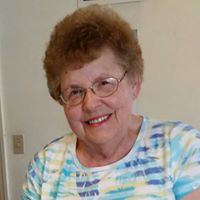
Judith C. Olson
view source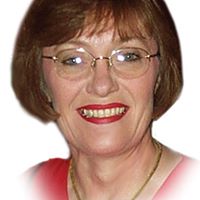
Judith G Olson
view source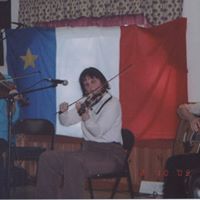
Judith Aucoin Olson
view source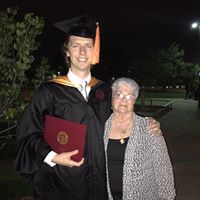
Judith Meier Olson
view source
Judith C. Olson
view source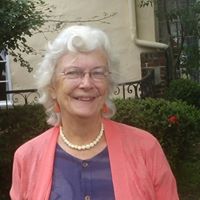
Judith Ann OLson
view sourceClassmates

Judith Turk (Olson)
view sourceSchools:
Henning High School Henning MN 1959-1963
Community:
Marilyn Shannon, Mary Reineke
Biography:
Workplace
Judy Turk
Administrative Assistant
Ecolab, Inc.
370 Wabasha St. N.
St...

Judith Hudson (Olson)
view sourceSchools:
Barnesville High School Barnesville MN 1983-1987
Community:
Kimberley Wilson, Janet Barron

Judith Olson (Baumgartner)
view sourceSchools:
Monroe High School Monroe MI 1957-1961
Community:
Christine Palmer

Judith Olson (Bitter)
view sourceSchools:
St. Nicholas Grammar School (Roseland) Chicago IL 1954-1958
Community:
Diane Corriere, Judy Nykiel, Lawrence Larry, Carl Glim, Paul Beck, Maureen Gurley

Judith Champagne (Olson)
view sourceSchools:
Canton High School Canton CT 1967-1971
Community:
Jeanne Caron

Judith Pino (Olson)
view sourceSchools:
Hancock High School Kiln MS 1995-1999
Community:
Krissa Hamby, Sheila Rhodes

Judith Olson (McCormack)
view sourceSchools:
East High School Pueblo CO 1964-1968
Community:
Sylvia Campbell, Eddie Archuleta, Bob Willis, Michael Esquibel

Judith Sullivan (Olson)
view sourceSchools:
Central High School West Allis WI 1966-1970
Community:
Rebecca Becky, Mary Hubbard, Bill Lang
Plaxo

Judith Olson
view sourceMesquite
Youtube
Googleplus

Judith Olson

Judith Olson
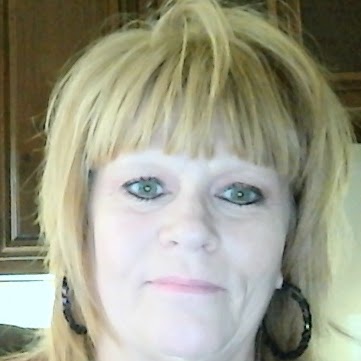
Judith Olson

Judith Olson
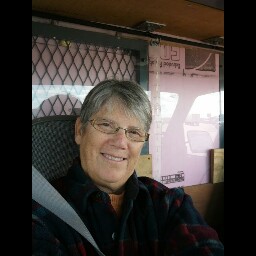
Judith Olson

Judith Olson
Get Report for Judith A Olson from Milwaukee, WI, age ~52





